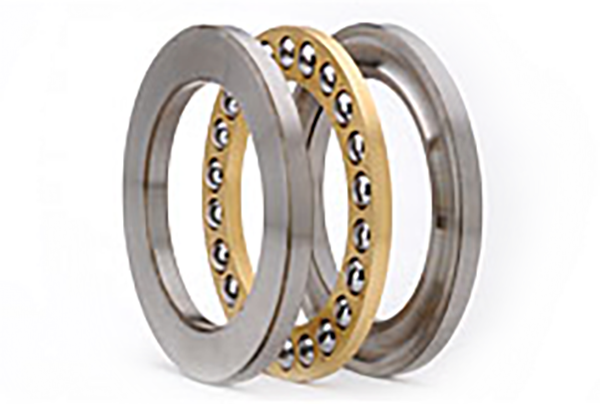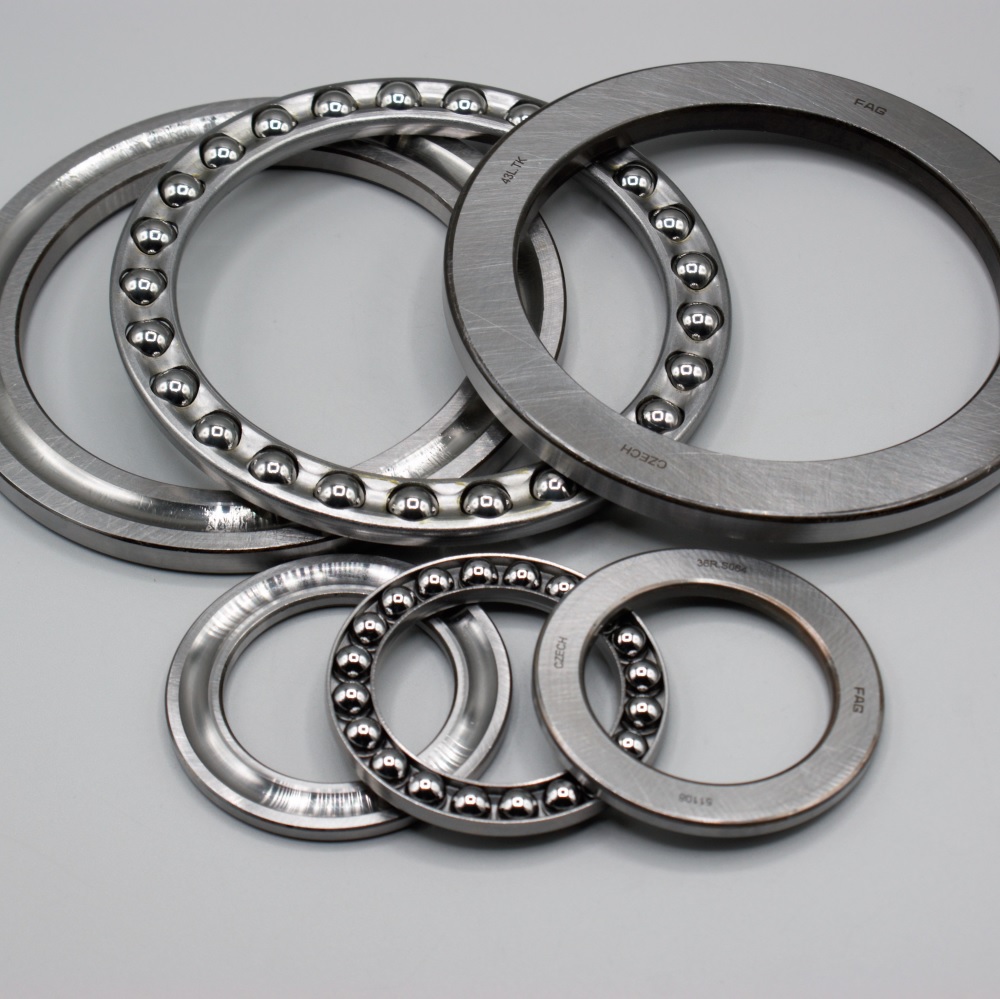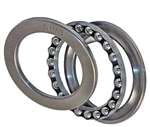Differences Between Single-Direction and Double-Direction Thrust Bearings
Single-direction and double-direction thrust bearings are designed to handle axial loads, but they differ in their capabilities and applications:
- Single-Direction Thrust Bearings: These bearings can accommodate axial loads in one direction only. They are commonly used when there’s a need to support loads in a single direction, such as in applications where one component needs to move relative to another.
- Double-Direction Thrust Bearings: These bearings are capable of handling axial loads in both directions. They are often used in applications where there’s bidirectional thrust, such as certain types of gearboxes and shafts that experience forces from opposite directions.
The choice between single-direction and double-direction thrust bearings depends on the specific requirements of the application. Single-direction bearings are suitable when axial loads are unidirectional, while double-direction bearings are necessary for applications involving bidirectional forces.
Contribution of Thrust Bearings to the Efficiency of Rotating Equipment like Electric Motors
Thrust bearings play a crucial role in enhancing the efficiency of rotating equipment such as electric motors. Here’s how they contribute:
- Axial Load Management: Electric motors often experience axial loads due to various factors like belt tension and impeller thrust. Thrust bearings efficiently support these axial loads, preventing excessive wear on other components and minimizing energy losses.
- Reduced Friction and Wear: Properly selected and lubricated thrust bearings reduce friction between rotating parts. This reduction in friction leads to lower energy consumption and improved overall efficiency.
- Stability and Precision: Thrust bearings maintain the axial position of the rotating shaft, ensuring stable operation and minimizing vibrations. This stability contributes to smoother motor performance and reduced energy waste.
- Optimized Design: Incorporating thrust bearings into electric motor designs allows engineers to create compact and efficient motor assemblies. This optimization helps achieve better power-to-size ratios and overall energy efficiency.
By effectively managing axial loads, reducing friction, providing stability, and enabling optimized designs, thrust bearings significantly enhance the efficiency of rotating equipment like electric motors.
Selecting Thrust Bearings for Specific Applications
When selecting a thrust bearing for a specific application, several factors should be carefully considered:
- Load Type and Magnitude: Determine whether the application requires pure axial loads or a combination of axial and radial loads. Calculate the maximum axial load the bearing will experience.
- Bearing Type: Choose the appropriate type of thrust bearing based on the application’s requirements. Ball thrust bearings, roller thrust bearings, and tapered roller thrust bearings each have their advantages in different scenarios.
- Speed and RPM: Consider the speed and rotational requirements of the application. High-speed applications may need bearings with lower friction and heat generation.
- Thrust Direction: Identify whether the axial load will be unidirectional or bidirectional. This will affect the type of thrust bearing needed.
- Space and Mounting: Evaluate the available space for the bearing and its mounting arrangement. Some thrust bearings have specific mounting requirements.
- Accuracy and Precision: Determine the level of precision required for the application. Angular contact thrust bearings, for instance, provide higher precision and accuracy.
- Temperature and Environment: Consider the operating temperature range and environmental conditions. High-temperature or corrosive environments may require special bearing materials or coatings.
- Lubrication: Select the appropriate lubrication method based on the application’s speed and temperature. Lubrication impacts friction, wear, and overall performance.
- Maintenance: Assess the accessibility of the bearing for maintenance. Some bearings require periodic re-greasing or replacement.
- Load Distribution: Ensure that the bearing design distributes the axial load evenly across the contact surfaces to prevent premature wear.
By carefully considering these factors, you can choose the most suitable thrust bearing that will provide optimal performance and longevity for your specific application.
editor by CX 2024-04-24




